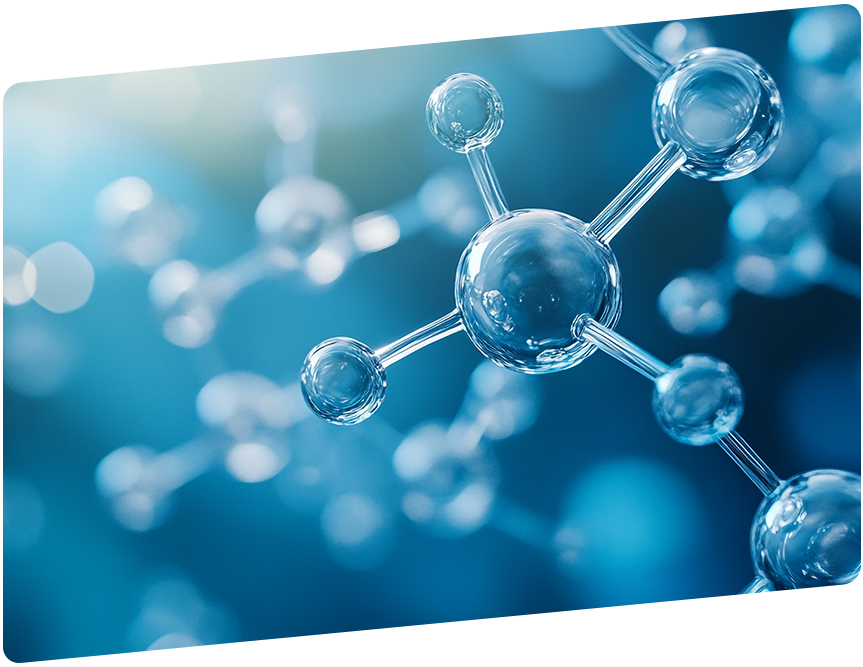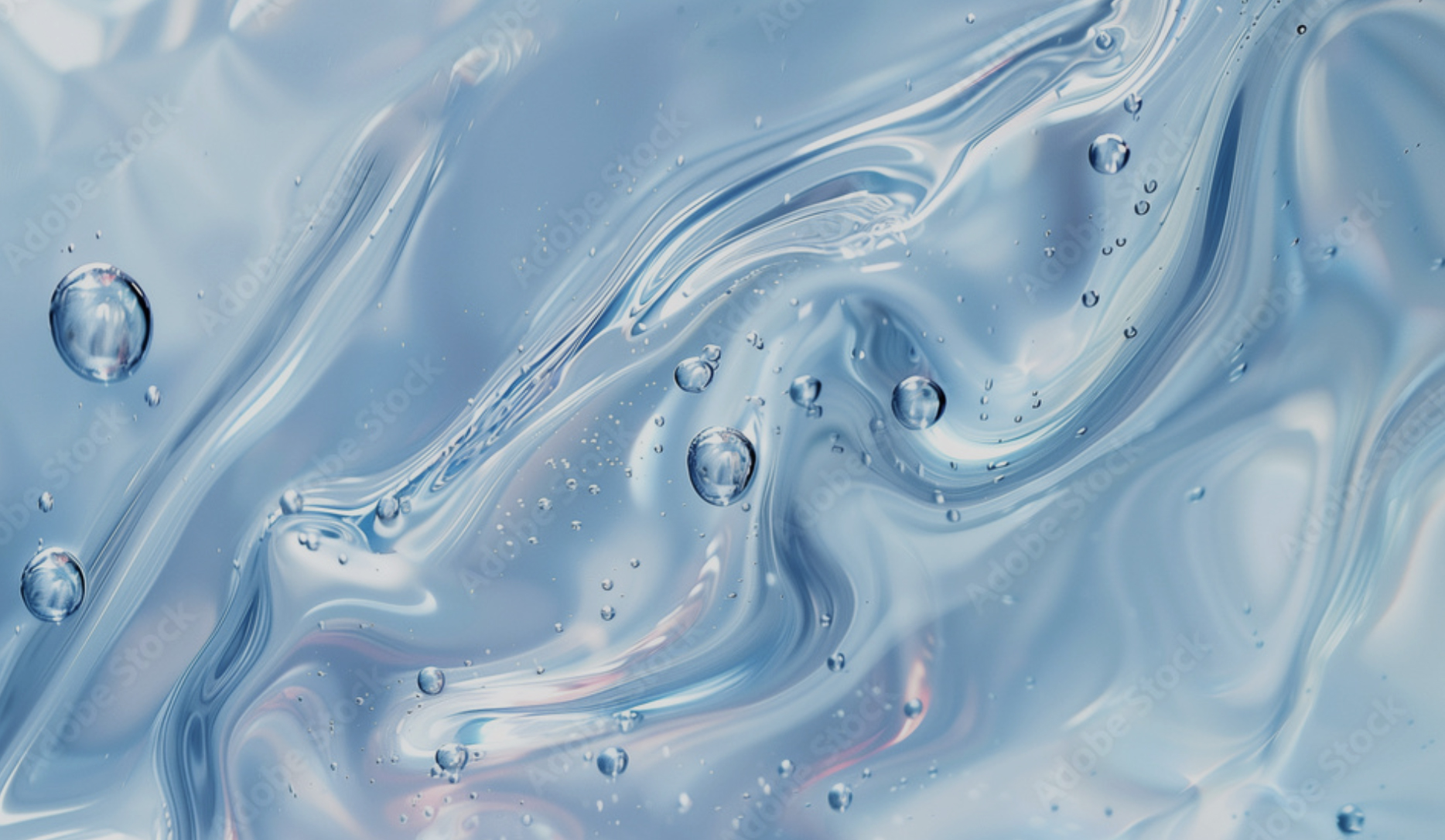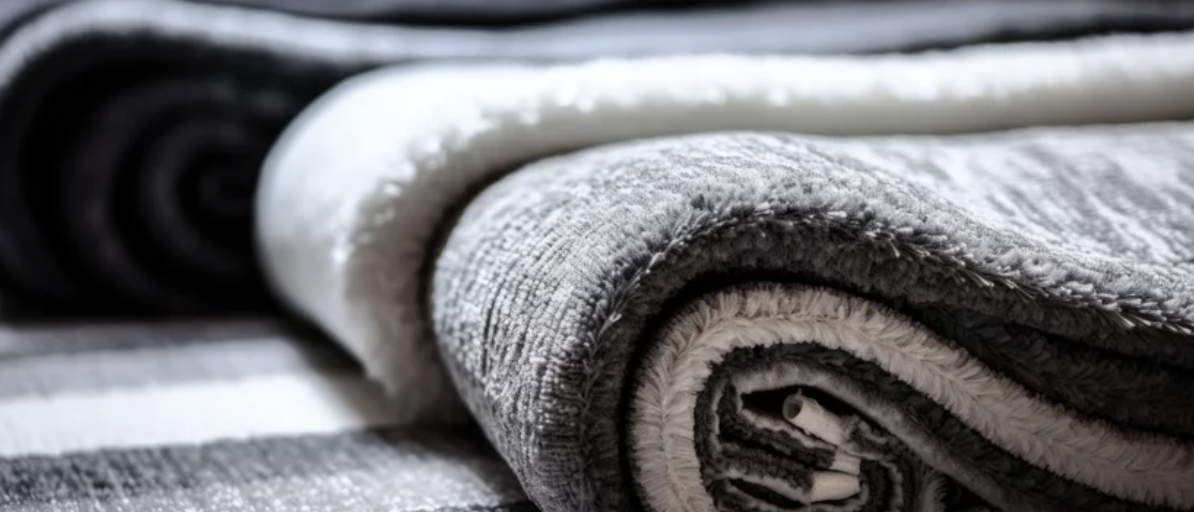Binders for Pigments
If you’re looking to create high-quality paints, coatings, or printing inks, you know that sourcing the right binders for pigments is absolutely essential. But with so many options on the market, how do you know which binders for pigments are best for your specific application? Keep reading as we break down everything you need to know about binders for pigments.
Function of Binders
Binders serve a crucial purpose in paints, coatings, and inks—they bind the pigments together to create a durable and vibrantly colored end product. When binders are mixed with pigments, the pigments adhere to the binder molecules, allowing the pigment to stick to surfaces like walls, vehicles, paper, and more.
Without a binder, pigments would just fall off or wash away when applied. The binder acts like glue, holding the pigment in place. It also helps suspend the pigment particles evenly throughout the paint or ink. This ensures strong, even color and coverage when the product is applied. Choosing the right binders for pigments makes all the difference in the final product’s quality and performance. The binder impacts essential factors like adhesion, durability, finish, and drying time.
Common Types of Binders
Two main categories of binders are used in paints and inks – synthetic and natural. Some of the most common options include:
Acrylic Polymers
Acrylic polymer binders are synthetic polymer emulsions made from acrylic acid esters. They are versatile and widely used in indoor and outdoor paints and coatings. Acrylic binders offer excellent adhesion, UV resistance, and color retention. They also resist cracking, peeling, and fading. Paints made with acrylic binders dry quickly and clean up easily with water.
Polyurethanes
Polyurethane binders are made by reacting polyols and isocyanates. They are very durable, flexible, and abrasion-resistant. Polyurethane binders are commonly used for finishes on wood floors and other surfaces that need protection from wear. When dry, polyurethane binders produce a hard yet elastic film. This prevents scratches while allowing the finish to flex as the wood expands and contracts. Polyurethane paints also have excellent chemical resistance.
Alkyd Resins
Alkyd binders are modified polyester resins made from polybasic acids and polyhydric alcohols. They produce a smooth, durable finish and impart good gloss and color retention. Alkyd binders are commonly used in enamel architectural paints, machinery and equipment finishes, and automotive paints. They adhere well to metals and cure to a hard, protective film.
Epoxy Resins
Epoxy binders are formed from the reaction of epoxide resins with polyamines or polyaminoamides. They are extremely durable, chemical-resistant binders used in industrial and marine coatings. When cured, epoxy binders form a rigid, crosslinked polymer network with superior adhesion, making them ideal for bonding to metals, concrete, glass, and other challenging surfaces.
Natural Binders
Some common natural binder options include:
- Linseed oil – Made from flaxseeds, linseed oil, has been used for centuries to bind pigments in oil paints. It dries slowly to a glossy, flexible finish.
- Casein – Derived from milk proteins, casein glue binds pigments to form matte casein paint. It dries fast but is vulnerable to moisture damage.
- Gum arabic – This binder is derived from the sap of acacia trees. It is water-soluble and used in watercolor paints and inks.
Each natural binder offers distinct properties. Many modern paints use blends of natural and synthetic binders to optimize qualities like adhesion, durability, and drying time.
The acid dye technique allows for permanent, even dyeing while being gentle enough for delicate fibers like wool and silk. It’s easy to achieve stunning results at home!
Properties & Characteristics
When evaluating binders, here are some key properties and characteristics to consider:
- Solubility – Is the binder water-soluble, oil-soluble, or solvent-soluble? This impacts how the paint is formulated and applied.
- Viscosity – The binder’s thickness affects the final paint’s consistency and brushability.
- Drying time – Does the binder dry fast, slow, or require a catalyst to cure? Fast-drying binders allow for quick recoat times.
- Durability – How resistant is the cured binder film to abrasion, chemicals, water, and UV light? More durable binders produce long-lasting paints.
- Flexibility—Flexible binders resist cracking when applied to surfaces that expand and contract, while brittle binders are prone to chipping or peeling.
- Gloss – Does the binder impart a glossy or matte/flat finish? Consider the desired aesthetic.
Testing different binders with your pigments will help you understand how binder properties impact your paint or coating’s performance.
Binders for Pigments Play a Crucial Role in Various Applications
Now that you understand the basics of binder chemistry and properties let’s look at some of the key applications where binders make all the difference:
No matter your industry or application, the binder plays a huge role in your product’s quality, durability, and aesthetics. Partnering with the right supplier ensures access to top-performing binders optimized for your needs.
Important Selection Criteria
Choosing binders for your pigments requires careful consideration of the following:
Your Pigments – Select binders that are compatible with your specific pigment chemistry. Test binder and pigment interactions during formulation.
Performance Needs – Match binders to your product’s functional requirements, such as durability, chemical resistance, flexibility, etc. Consider the product’s end-use environment.
Processing Method – Ensure binders work with your manufacturing equipment and processes. Can the binder be mixed, milled, and applied appropriately?
Cost Considerations – Balance performance with affordability to remain competitive. Consider availability and supply chain factors as well.
Regulations—Select binders that comply with your industry’s regulatory requirements, such as VOC limits or indirect food contact approvals.
Our technical expertise here at Polyventive can provide invaluable guidance as you select and source the ideal binders for pigments and formulations. Contact us today to learn more! We offer a wide range of sequestering agents, optical brighteners, and other specialty additives to help you develop high-performing paints, inks, and coatings.
Partner with Polyventive and take your products to the next level!








